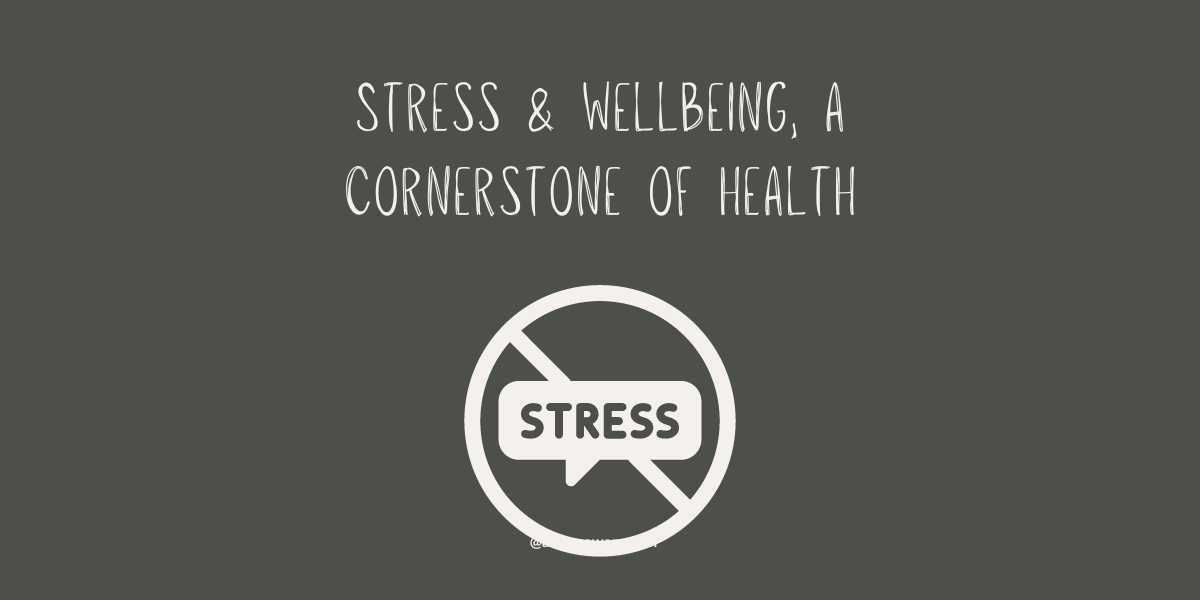1. Assess Your Current System
Before diving into modernization, it's crucial to understand your existing system thoroughly. Evaluate its strengths and weaknesses, and identify the components that need improvement. Conduct a detailed analysis of the application's architecture, functionality, and performance. This assessment will help you determine the best approach for modernization and set clear goals.
2. Set Clear Objectives
Define what you want to achieve with the modernization process. Are you looking to improve performance, enhance security, integrate with new technologies, or reduce maintenance costs? Setting clear objectives will guide your decisions throughout the modernization process and help you measure success.
3. Choose the Right Modernization Strategy
There are several strategies for modernizing legacy applications, and the right one depends on your specific needs and goals. Common strategies include:
- Rehosting: Moving the application to a new infrastructure without changing its code.
- Replatforming: Making minimal changes to optimize the application for a new platform.
- Refactoring: Rewriting parts of the application to improve its structure and performance.
- Rebuilding: Completely redeveloping the application from scratch.
- Replacing: Replacing the legacy application with a new one that meets current needs.
Choose the strategy that best aligns with your objectives and resources.
4. Prioritize Security
Legacy applications often have outdated security measures, making them vulnerable to cyberattacks. Modernizing your application provides an opportunity to enhance its security features. Implement robust security protocols, such as encryption, multi-factor authentication, and regular security updates, to protect sensitive data and ensure compliance with regulations.
5. Improve User Experience
User experience (UX) is a critical factor in the success of any application. Modernizing your legacy application should include a focus on improving UX. Conduct user research to understand the pain points and needs of your users. Redesign the user interface (UI) to be more intuitive, responsive, and visually appealing. Ensuring a positive user experience will increase user satisfaction and adoption.
6. Leverage Cloud Technology
Migrating your legacy application to the cloud can offer numerous benefits, including scalability, cost savings, and improved performance. Cloud platforms provide flexible infrastructure that can adapt to your changing needs. Additionally, cloud services often include built-in security and compliance features, reducing the burden on your IT team.
7. Integrate Modern Technologies
Incorporate modern technologies, such as artificial intelligence (AI), machine learning (ML), and big data analytics, into your legacy application. These technologies can enhance functionality, automate processes, and provide valuable insights. For example, AI and ML can improve decision-making by analyzing large datasets, while big data analytics can help you understand user behavior and optimize your application accordingly.
8. Ensure Compatibility and Interoperability
Modernizing your legacy application should include ensuring compatibility with other systems and applications. This is especially important if your application needs to integrate with external software or hardware. Use standard protocols and APIs to facilitate seamless communication between systems. Ensuring interoperability will make it easier to expand and upgrade your application in the future.
9. Plan for Continuous Improvement
Modernization is not a one-time project but an ongoing process. Technology and business needs evolve rapidly, so it's essential to plan for continuous improvement. Implement a regular maintenance and update schedule to keep your application up-to-date with the latest technologies and security measures. Encourage feedback from users and stakeholders to identify areas for further improvement.
10. Partner with Experts
Modernizing legacy applications can be complex and challenging. Partnering with a experienced software development firms can provide valuable expertise and resources. These experts can guide you through the modernization process, ensuring that your application meets your goals and industry standards.
Conclusion
Modernizing your legacy applications is essential for staying competitive and meeting the demands of today's technology-driven world. By following these 10 tips, you can successfully update your software systems, improve performance, enhance security, and provide a better user experience. Assess your current system, set clear objectives, choose the right strategy, prioritize security, improve user experience, leverage cloud technology, integrate modern technologies, ensure compatibility and interoperability, plan for continuous improvement, and partner with experts. These steps will help you transform your legacy applications into modern, efficient, and valuable tools for your business.








